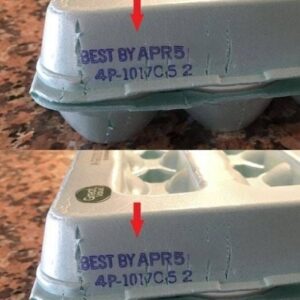Kitchen cabinets, especially those located above stoves or ovens, are prone to accumulating a layer of greasy and dusty residue over time. This is primarily due to the combination of cooking oils and airborne particles that settle on surfaces. The grease acts as an adhesive, trapping dust and other particles, which results in a sticky, grimy layer that can be difficult to remove. Regular cleaning is essential to prevent buildup, but once it has accumulated, a more thorough cleaning approach is necessary.
Why Pine-Sol May Not Be Effective for This Task
Pine-Sol is a popular cleaning product known for its disinfecting properties and pleasant scent. However, it may not be the best choice for tackling greasy residues on kitchen cabinets. While Pine-Sol can clean and deodorize surfaces, it is not specifically formulated to cut through heavy grease. Grease requires a degreasing agent that can break down the oils effectively. Pine-Sol’s formula may not penetrate the greasy layer sufficiently, leaving behind residue and requiring additional cleaning efforts.
Identifying the Right Cleaning Products for Kitchen Cabinets
To effectively clean greasy kitchen cabinets, it’s important to choose a product specifically designed to cut through grease. Look for degreasers that contain surfactants, which help to break down and lift grease from surfaces. Products like dish soap, which is designed to cut through kitchen grease, or commercial kitchen degreasers can be highly effective. Additionally, consider using a microfiber cloth or sponge, as these materials are excellent at trapping dirt and grease without scratching surfaces.
Step-by-Step Guide to Cleaning Greasy Residue from Cabinet Tops
1. Remove any items from the tops of the cabinets to ensure a clear working area.
2. Dust the surface with a dry microfiber cloth to remove loose dust and debris.
3. Mix a solution of warm water and a few drops of dish soap or a commercial degreaser.
4. Dip a sponge or cloth into the solution, wring it out, and gently scrub the cabinet tops.
5. For stubborn grease, let the solution sit for a few minutes before scrubbing.
6. Rinse the cloth or sponge with clean water and wipe the surfaces to remove any soap residue.
7. Dry the cabinet tops with a clean, dry cloth to prevent water spots.
Natural Cleaning Solutions for a Grease-Free Kitchen
For those who prefer natural cleaning solutions, a mixture of vinegar and water can be effective in cutting through grease. Combine equal parts of white vinegar and warm water in a spray bottle. Spray the solution onto the greasy surfaces and let it sit for a few minutes before wiping with a microfiber cloth. Baking soda is another natural option; create a paste with water and apply it to stubborn grease spots, then scrub gently. These natural solutions are not only effective but also safe for the environment and your health.
Preventative Measures to Keep Kitchen Cabinets Clean
To prevent future buildup of grease and dust, consider implementing a regular cleaning routine. Wipe down cabinet tops weekly with a damp cloth to remove any new dust or grease. Installing a range hood with a good ventilation system can help reduce the amount of grease that settles on cabinets. Additionally, using splatter guards while cooking can minimize grease splatter. Applying a thin layer of furniture polish or wax to cabinet tops can also create a barrier that makes future cleaning easier.
Common Mistakes to Avoid When Cleaning Kitchen Cabinets
Avoid using abrasive scrubbers or harsh chemicals that can damage the finish of your cabinets. Always test a small, inconspicuous area first when using a new cleaning product. Do not soak the cabinets with water, as excessive moisture can damage the wood or finish. Ensure that you rinse and dry the surfaces thoroughly to prevent residue buildup or water damage. Lastly, avoid neglecting regular cleaning, as this can lead to more difficult-to-remove buildup over time.
Expert Tips for Maintaining a Spotless Kitchen
Consistency is key to maintaining a clean kitchen. Develop a cleaning schedule that includes wiping down surfaces regularly. Use high-quality cleaning products that are appropriate for the materials in your kitchen. Consider organizing your kitchen to minimize clutter, which can trap dust and grease. Keep a small cleaning kit handy in the kitchen for quick cleanups after cooking. Finally, stay informed about the best cleaning practices for your specific kitchen surfaces to ensure they remain in top condition.




